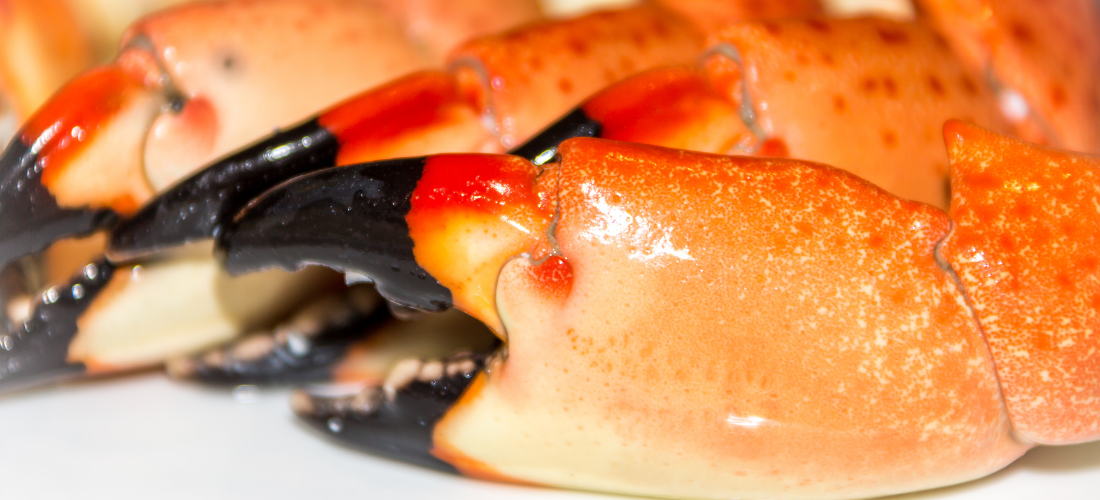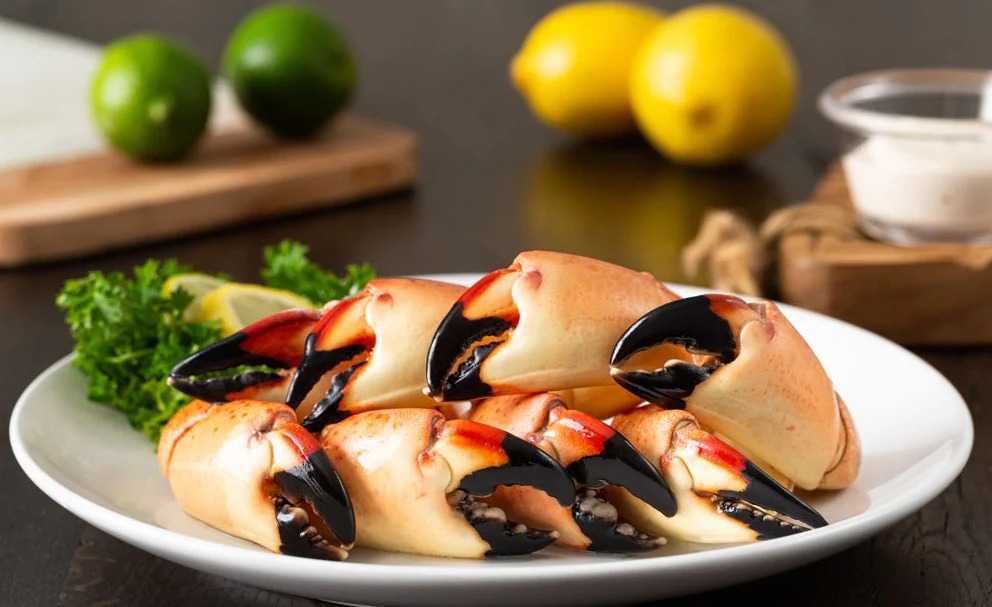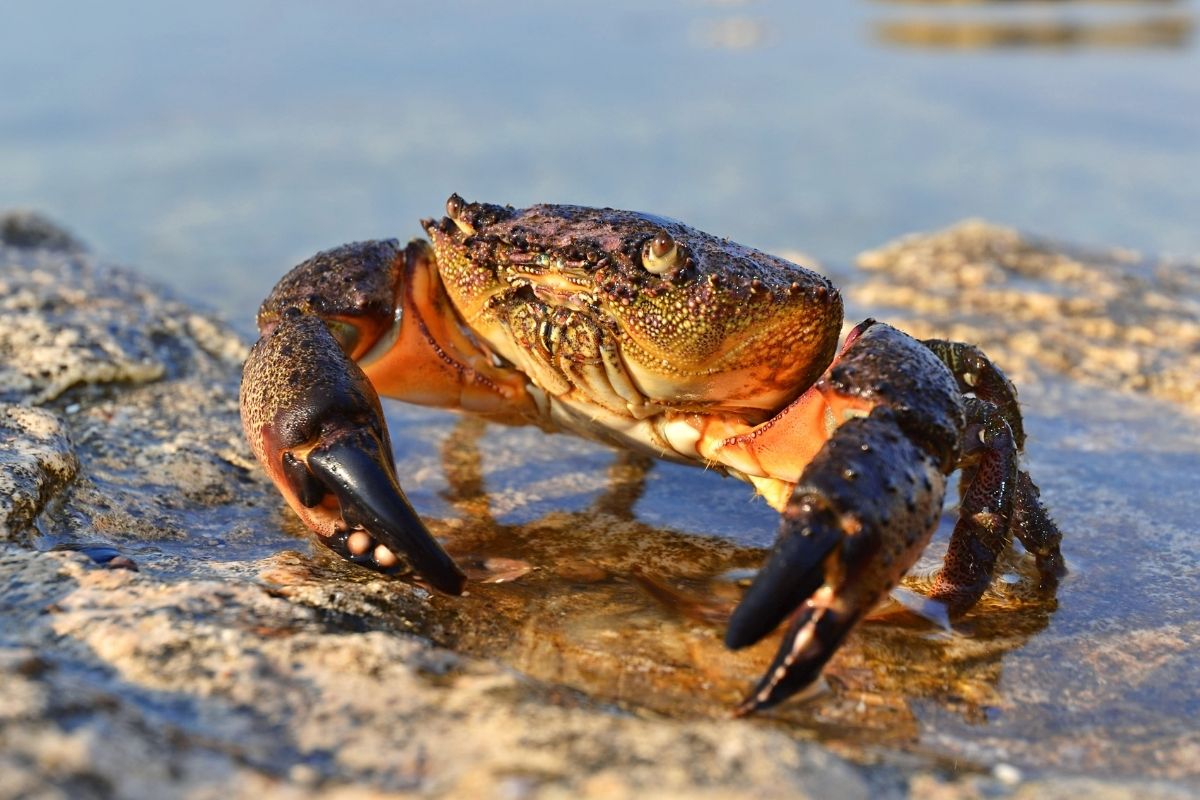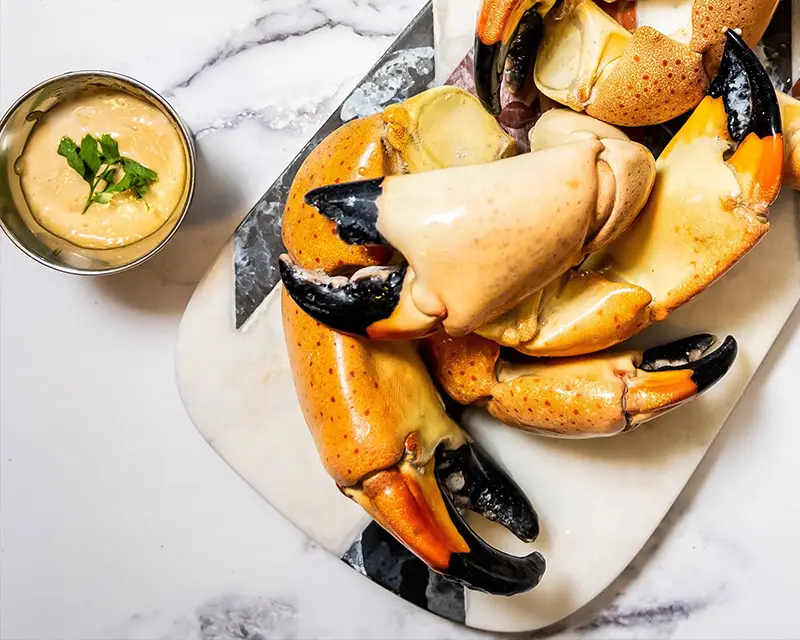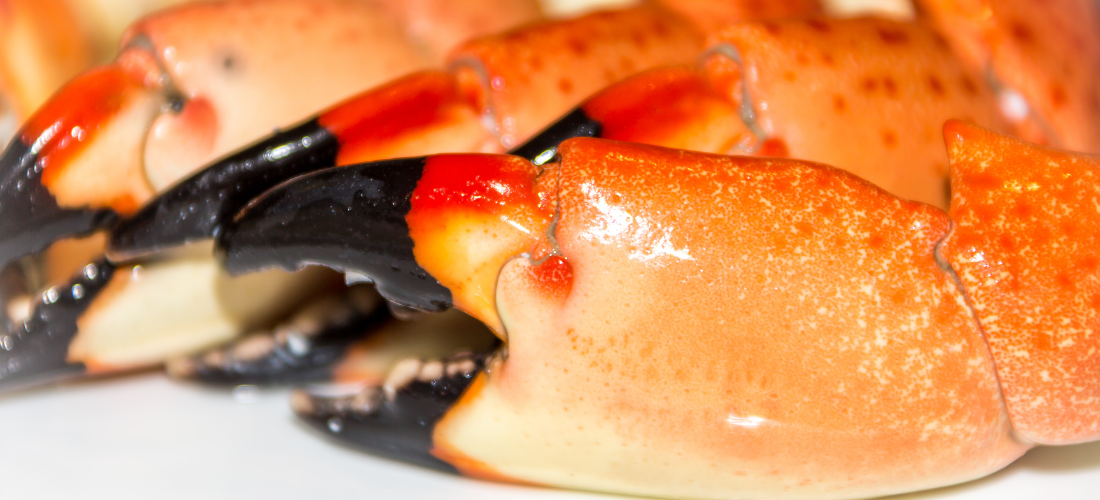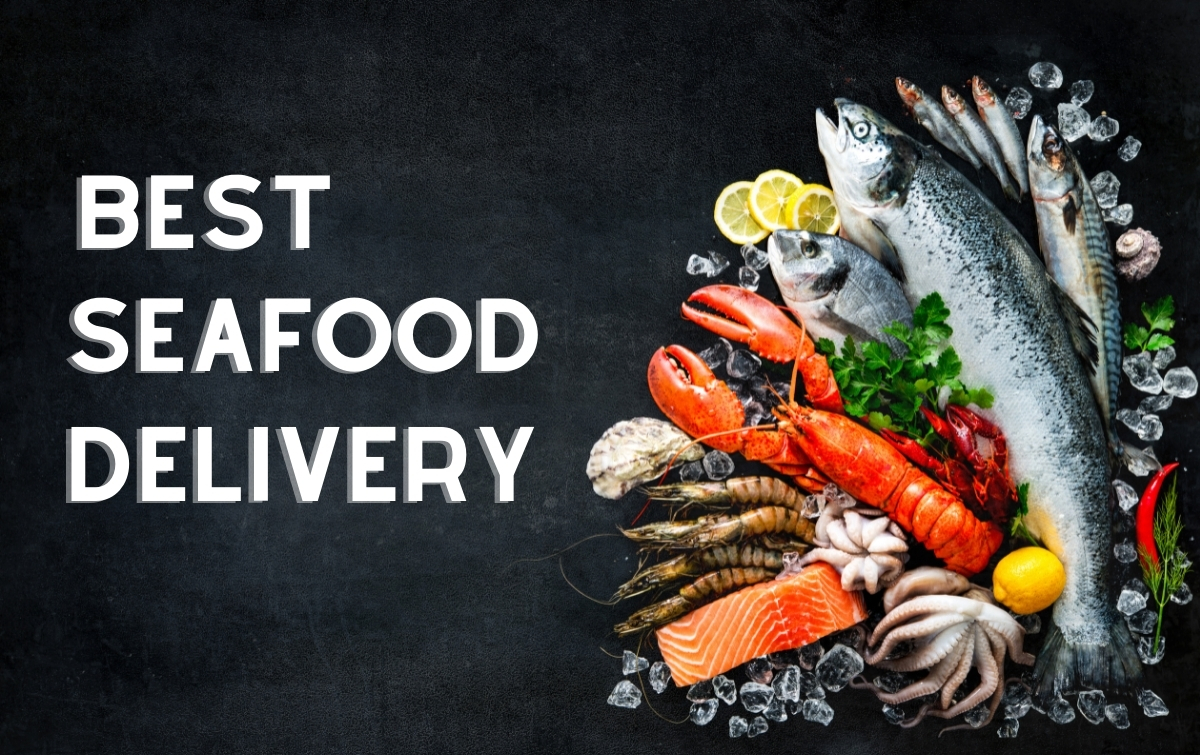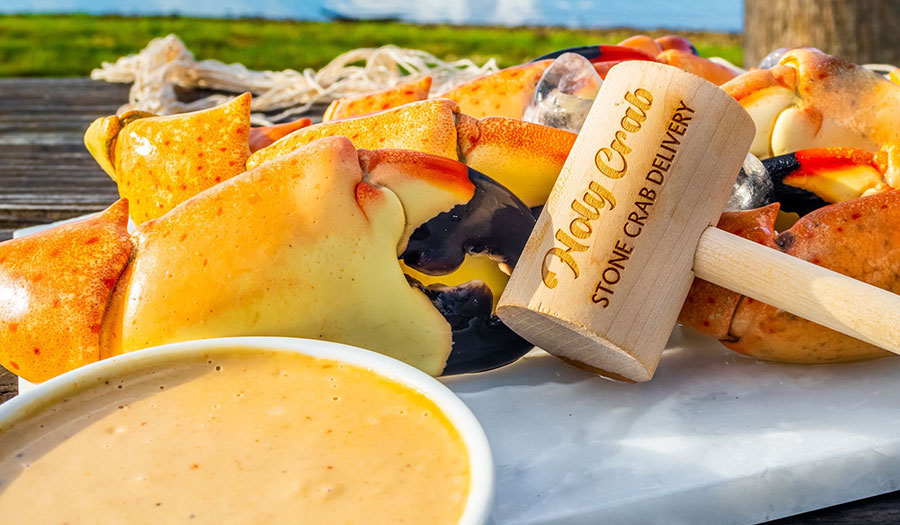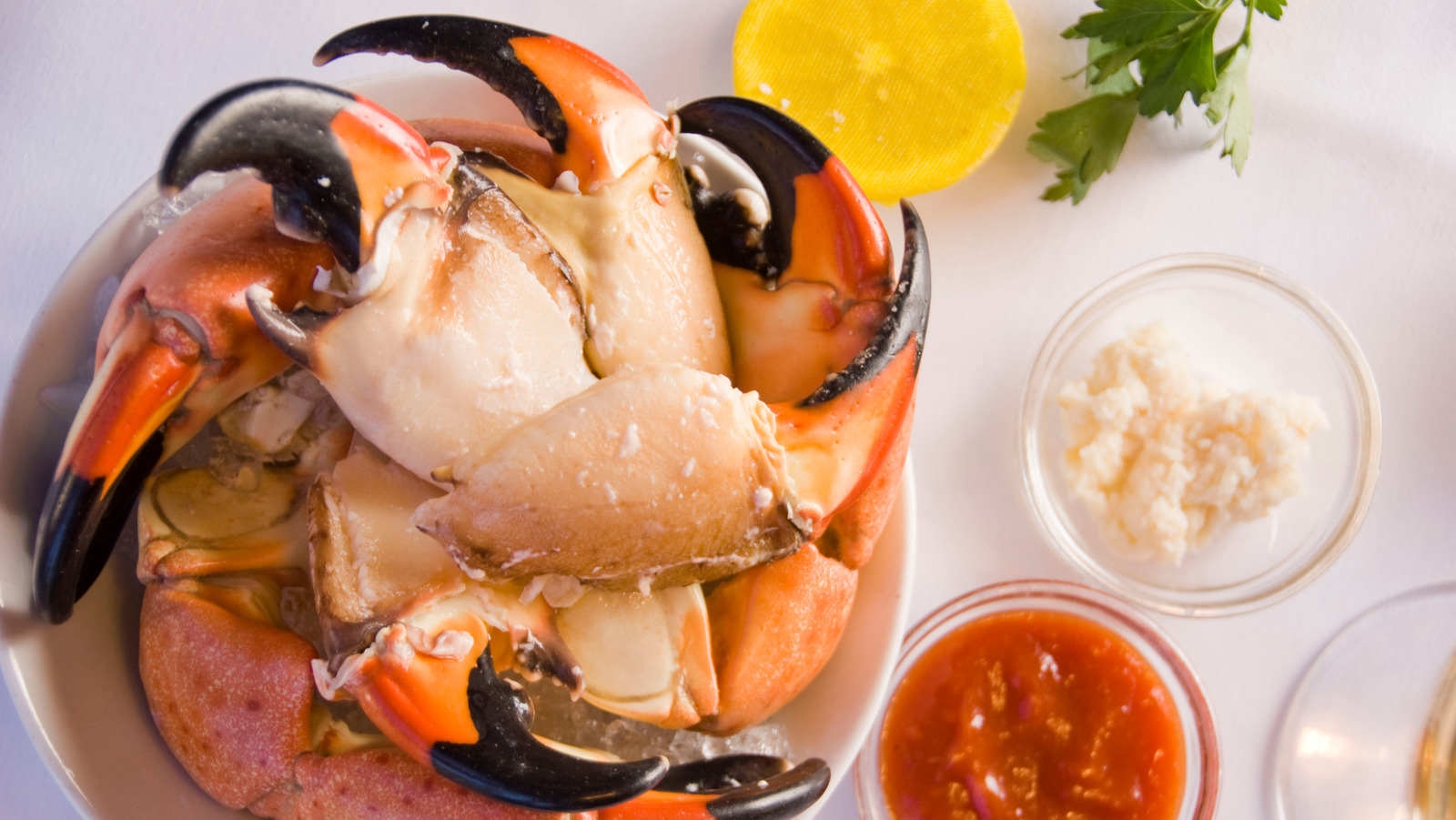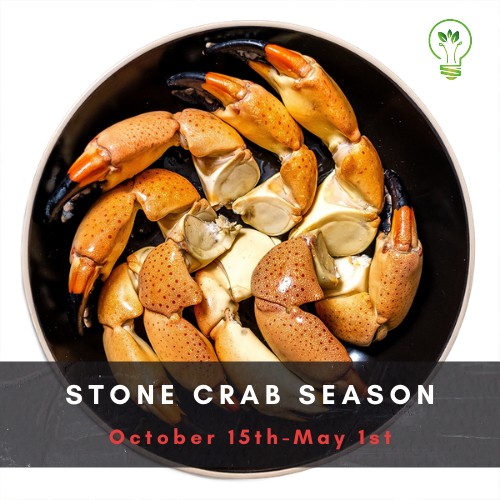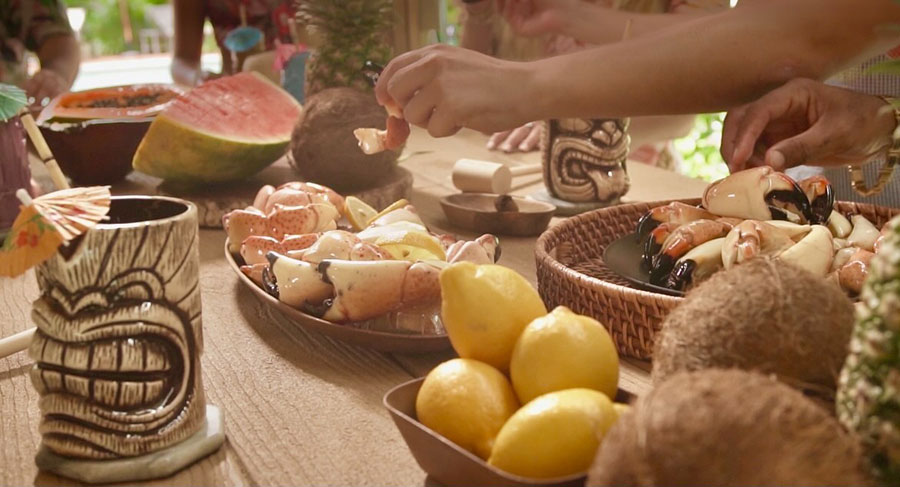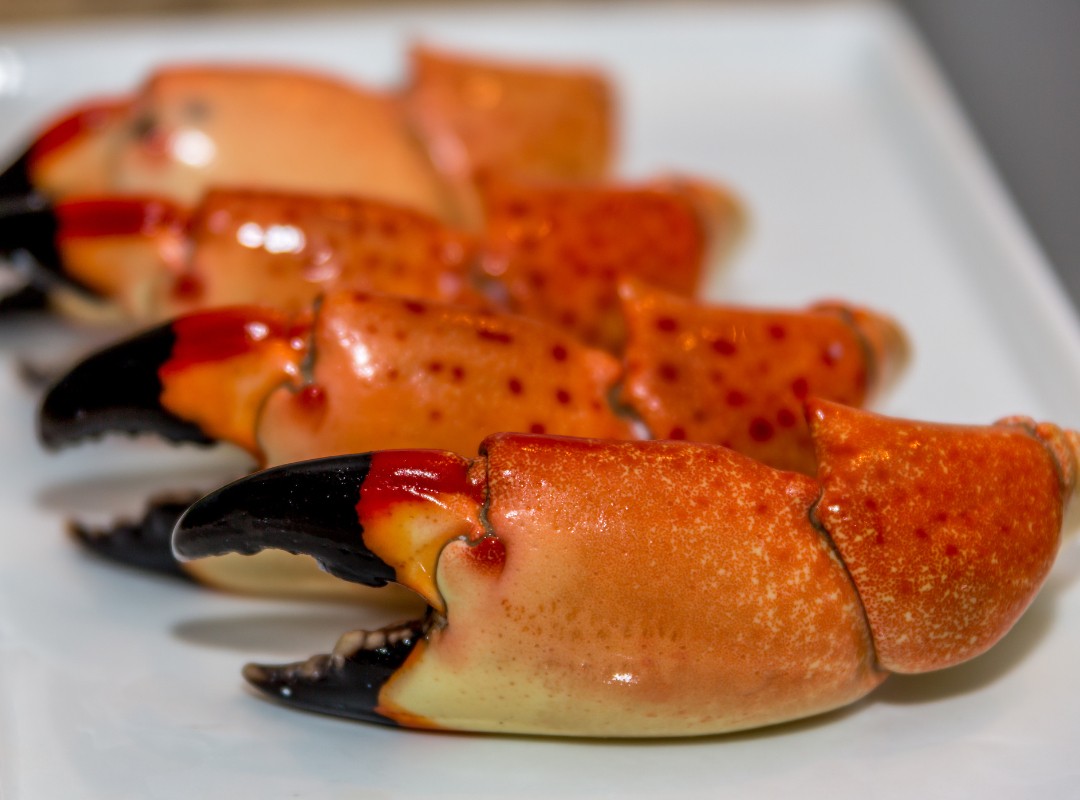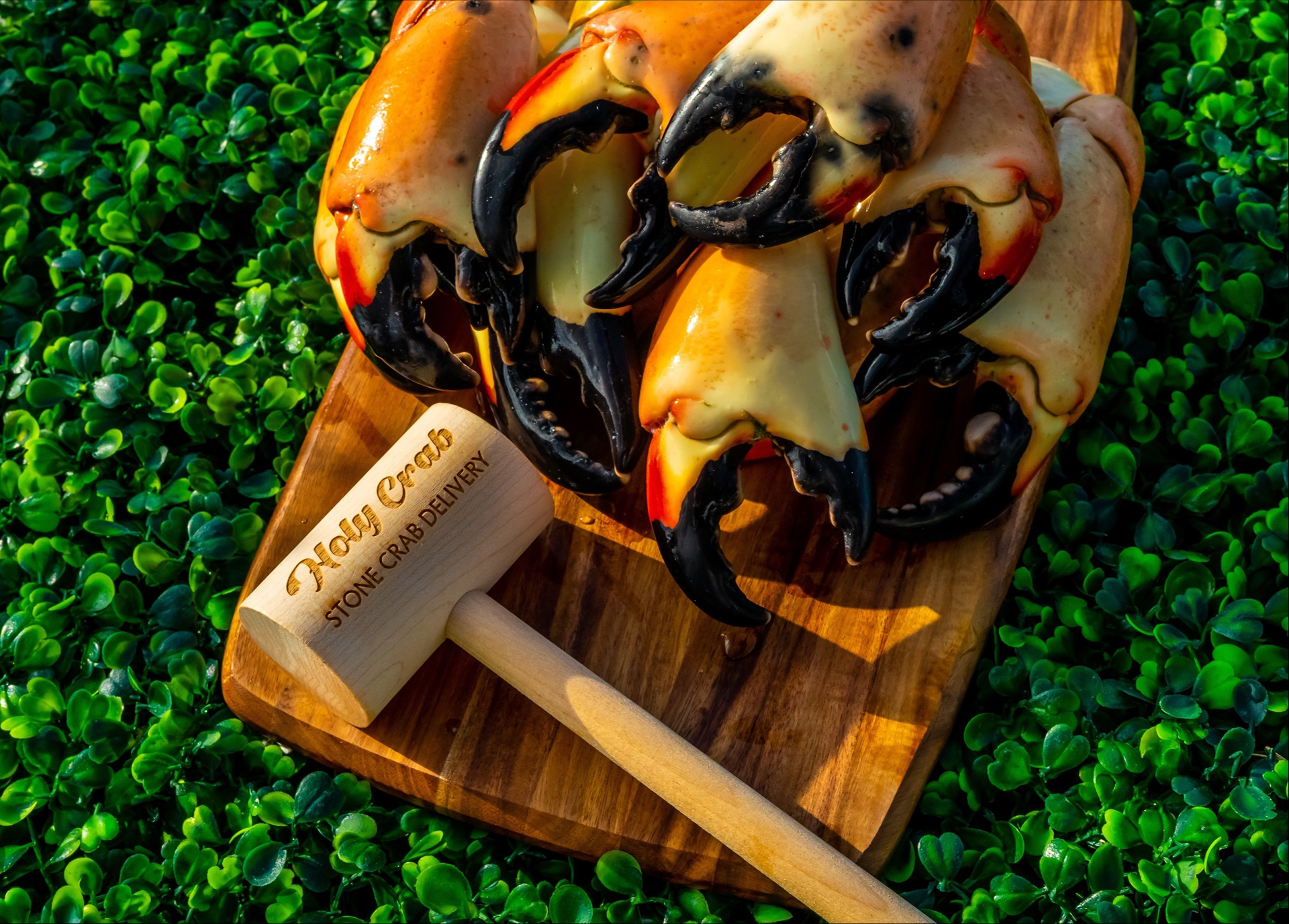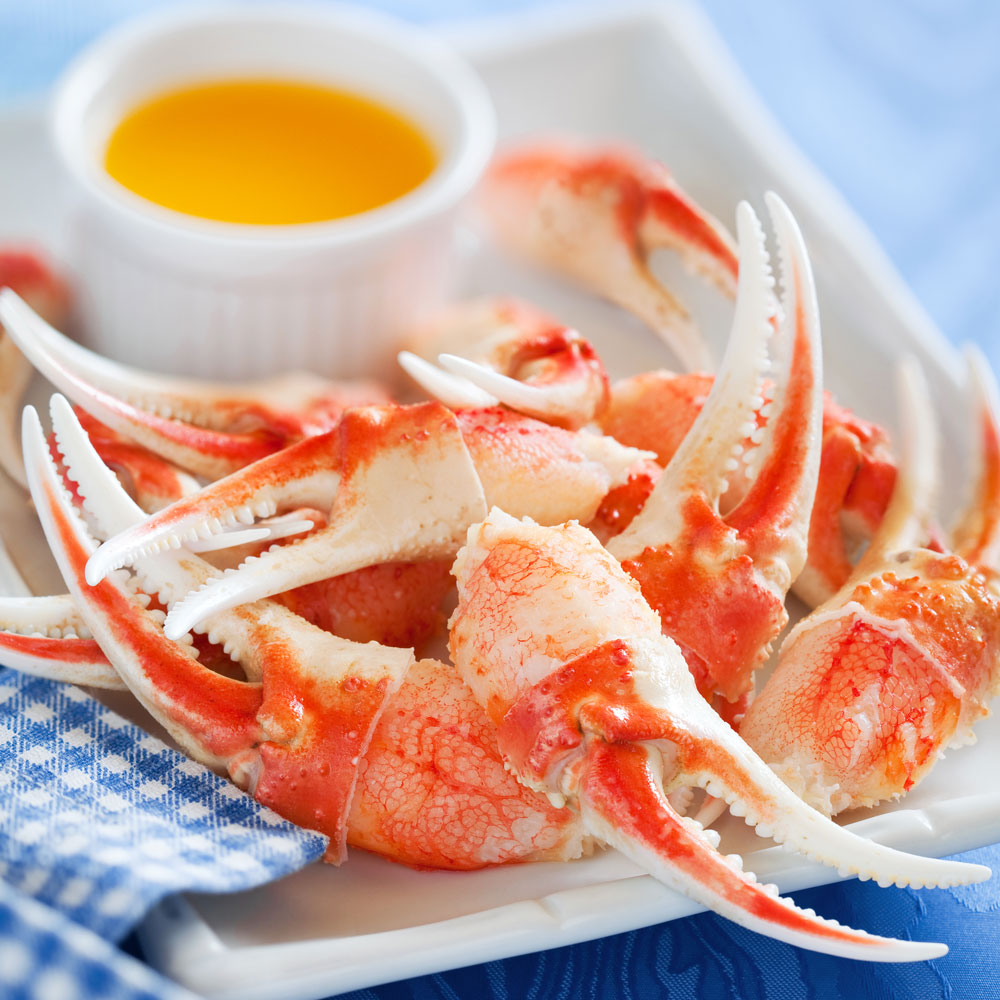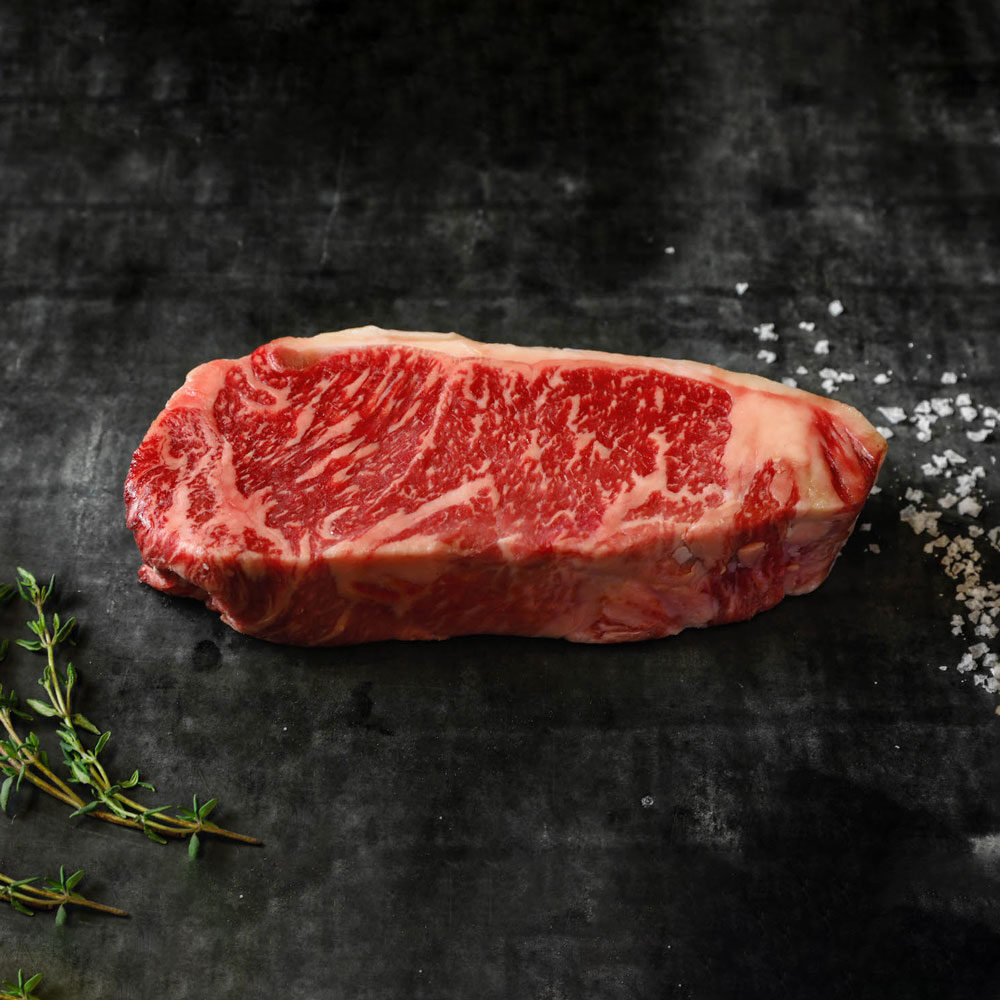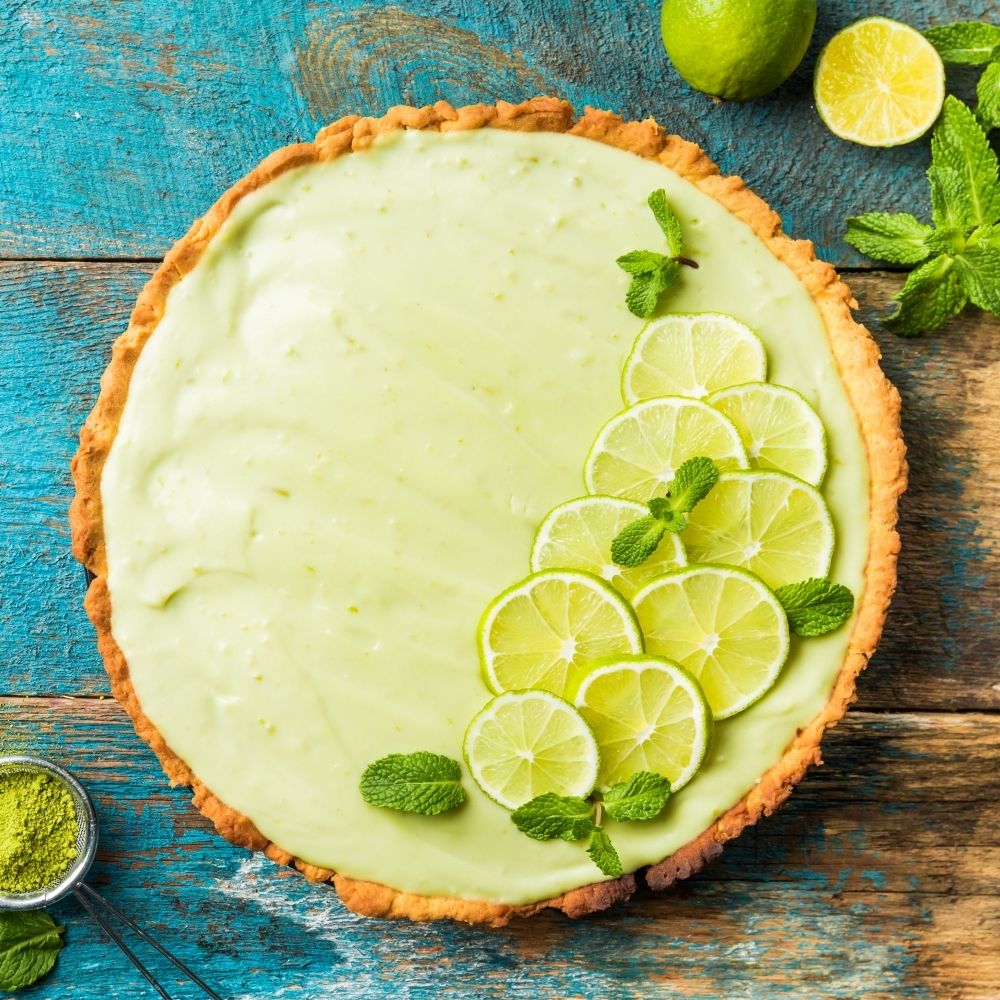Why Are Stone Crabs So Expensive
Factors that Contribute to Stone Crab Price
We thought it would be a great idea to address this in a blog post to give you a better understanding of the factors that contribute to their price.
So, let’s dive into the fascinating world of stone crabs and explore the reasons behind their premium cost.
Limited Distribution and Seasonality
Stone crabs are primarily found in the waters of Florida, the Gulf of Mexico, and the Atlantic coast. Stone crab season is relatively short, running from October 15th to May 1st. This limited distribution and seasonality mean that the supply of stone crabs is restricted, contributing to their high price.
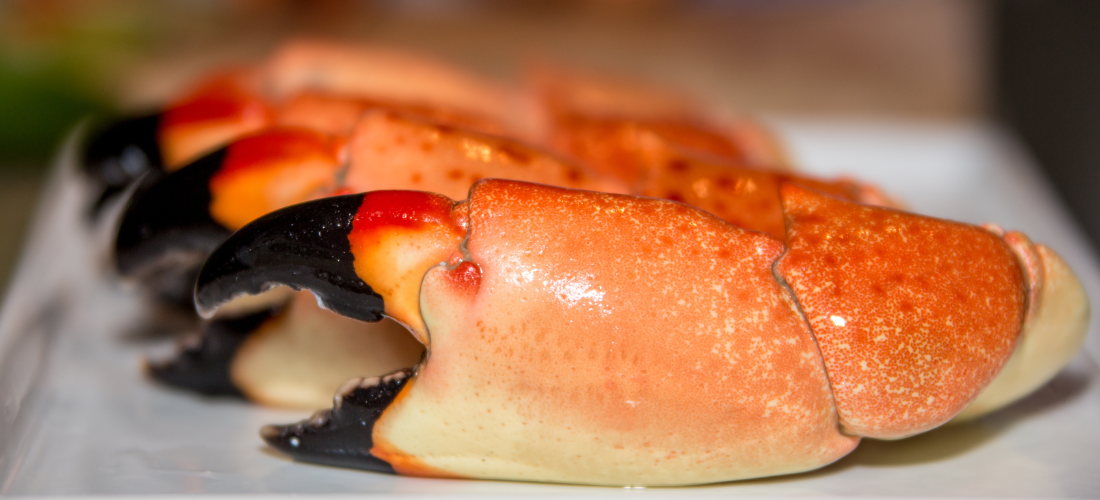
Sustainable Harvesting Practices
One of the unique aspects of stone crab harvesting is that only the claws are taken, and the crabs are returned to the ocean alive. This sustainable stone crab practice allows the crabs to regenerate their claws within 12-24 months. While this ensures the longevity of the stone crab population, it does limit the amount of meat available per crab, further raising the price.
Labor-Intensive Harvesting
Catching stone crabs is a labor-intensive process. Harvesting the crabs requires skilled fishermen to set and retrieve traps, then carefully remove the claws without harming the crab. This process is time-consuming, and the cost of labor is factored into the final price of the crab claws.
High Demand and Premium Quality
With their extraordinary flavor and delicate texture, stone crab claws are a highly sought after delicacy. From fine dining to special occasions, these savory treats bring delectable delight that is worth the extra price due to their limited supply. The exquisite taste of fresh-caught stone crabs can’t be beaten!
Shipping and Handling
To maintain the freshness, quality and integrity of stone crabs during transport it is essential to be mindful of temperature and humidity levels. In order to ensure they reach customers in perfect condition, specialized packaging materials and temperature-controlled transportation must be utilized – increasing both the cost and complexity of shipment.
Premium Cost of Stone Crab Claws
So, there you have it – the main factors that contribute to the premium cost of stone crab claws. Limited distribution and seasonality, sustainable harvesting practices, labor-intensive processes, high demand, and shipping and handling costs all play a role in making these crustaceans a luxury item.
However, once you taste the exquisite flavor and enjoy the unique texture of stone crab claws, you’ll understand why they’re worth every penny!
Crab Pricing FAQ
Why Is Crab So Expensive?
Crab is expensive due to several factors.
Firstly, the process of catching crabs is labor-intensive and often dangerous, requiring skilled labor and significant resources.
Secondly, crabs are subject to strict fishing regulations to prevent overfishing and ensure sustainability, which limits supply. Additionally, the demand for crab is consistently high, especially for varieties known for their taste and texture, further driving up the price.
Finally, the transportation and storage of crabs, keeping them fresh from the ocean to your plate, also add to the overall cost.
How Much Are Stone Crab Claws?
The price of stone crab claws can vary based on size and market demand. Typically, they are sold by size, graded as medium, large, jumbo, and colossal. Visit our stone crab shop to see current market prices.
Why Are Stone Crabs So Expensive?
Stone crabs are more expensive that other crabs because of their limited availability. They are only available from October 15th to May 1st curing stone crab season. They are also caught using sustainable harvesting practices with only the claws taken, and the stone crabs are returned to the ocean alive.
What is Imitation Crab Made Of?
Imitation crab, also known as crab stick or surimi, is made from processed fish meat, usually from species like pollock. The fish meat is finely pulverized into a paste, mixed with other ingredients like starch, egg whites, sugar, salt, and natural or artificial flavorings to mimic the taste and texture of real crab meat. It’s then formed into shapes resembling crab meat and colored with food coloring to give it the characteristic orange tinge.
When Is Stone Crab Season in Florida?
Stone Crab Season, which runs from mid-October to May, is greatly
anticipated by seafood lovers and coastal towns. The season’s precise
duration varies significantly depending on location and local rules, but
its short duration adds to the fascination and excitement around these
delectable crustaceans. Stone crabs take the stage, enticing commercial
and recreational fishers with their tasty claws.

